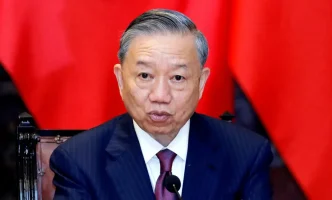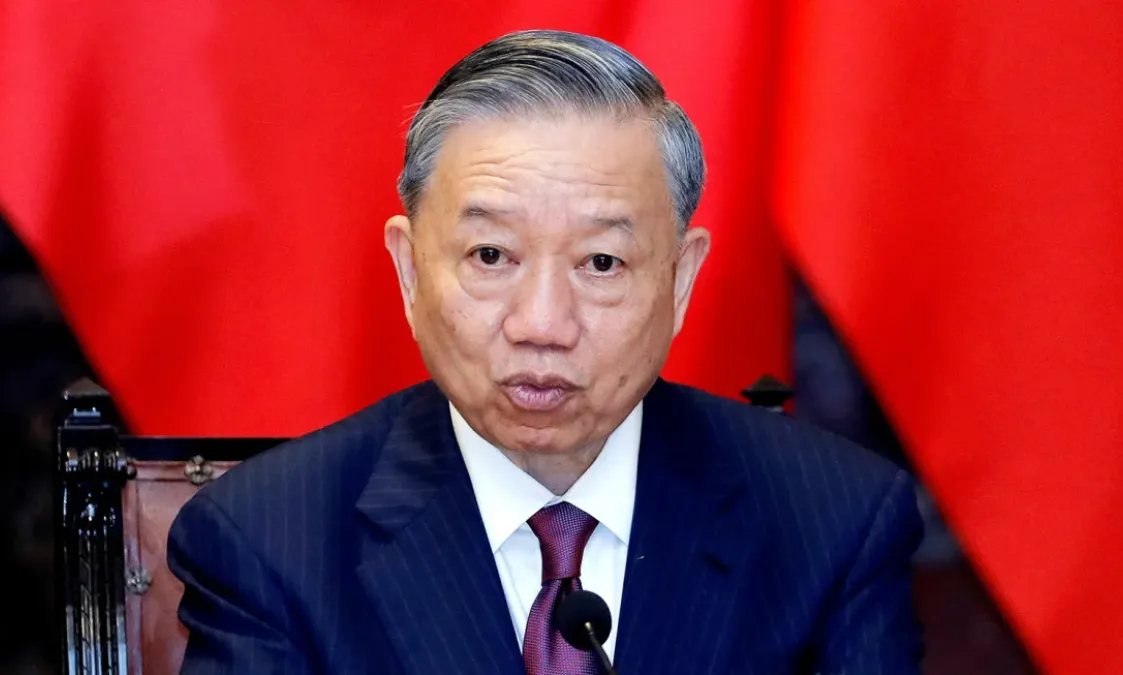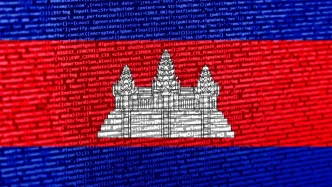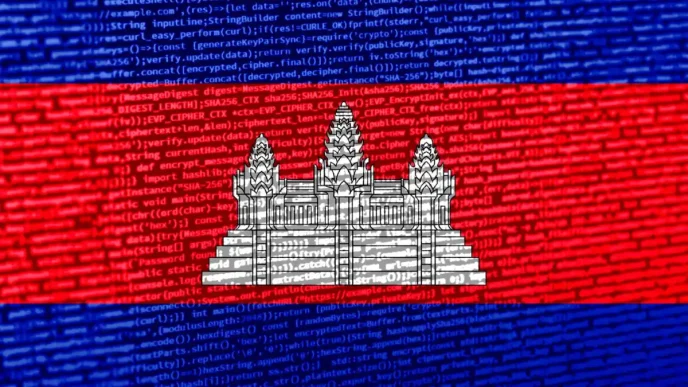Ha Noi – Vietnam’s political sphere is abuzz with speculation following recent developments that suggest potential shifts in the country’s leadership hierarchy. As of May 20, 2025, unconfirmed reports and discussions on platforms like X indicate growing interest in the direction of the Communist Party of Vietnam (CPV), which has guided the nation since its reunification in 1976. While no official announcements have been made, the timing—amidst preparations for upcoming party congresses—has fueled debates about policy continuity and reform.
Emerging Discussions on Leadership
In recent weeks, whispers of change have emerged from both domestic circles and international observers. Posts on X, including from accounts like @ConstitutionNet, highlight public curiosity about the CPV’s internal deliberations. Though no primary source has confirmed a transition, the speculation centers on whether the party will prioritize economic modernization or maintain its focus on political stability. This comes as Vietnam continues to balance rapid development with its socialist framework, a challenge that has defined its governance for decades.
The CPV, often described as the backbone of Vietnam’s political system, operates through a collective leadership model. Key positions, such as the General Secretary, President, and Prime Minister, are decided through intricate party processes. Historically, these roles have been filled by individuals who embody the party’s commitment to Ho Chi Minh’s ideological legacy. If reports of a potential reshuffle are accurate, they could signal a generational shift or a strategic pivot in response to global economic pressures.
Economic Context and Policy Stakes
Vietnam’s economy, one of the fastest-growing in Southeast Asia, provides a critical backdrop to these discussions. With a GDP growth rate of approximately 6.5% in 2024, as reported by Vietnam News, the country has positioned itself as a manufacturing hub, attracting foreign investment from tech giants and textile producers alike. However, challenges such as inflation, supply chain disruptions, and environmental concerns—particularly in the Mekong Delta—have raised questions about long-term sustainability.
A potential leadership change, if confirmed, may influence Vietnam’s approach to these issues. Analysts suggest that a reform-minded leader could accelerate initiatives like the digital economy plan, which aims to contribute 30% of GDP by 2030. Conversely, a more conservative appointment might prioritize state control over key industries, a hallmark of CPV policy. As one economist noted in a recent Vietnam News interview, “The direction of economic policy will depend heavily on who holds the reins in the coming years.”
Public Sentiment and Regional Implications
Public reaction, as gauged from social media and local reports, appears mixed. While some Vietnamese citizens express optimism about potential reforms, others voice concern over maintaining stability in a region marked by geopolitical tensions. Vietnam’s strategic position—bordering China and navigating relations with the United States—adds another layer of complexity. Any shift in leadership could impact Hanoi’s foreign policy, particularly regarding the South China Sea disputes or trade agreements like the Regional Comprehensive Economic Partnership (RCEP).
Neighboring countries, including Thailand and Cambodia, are also watching closely. Vietnam’s role as a stabilizing force in ASEAN means that internal changes could ripple across the region. For instance, a renewed focus on economic integration might bolster cross-border trade, benefiting initiatives like the East-West Economic Corridor. However, without official confirmation, these remain speculative outcomes.
Historical Precedents and Party Dynamics
To understand the current speculation, it’s worth examining the CPV’s history of leadership transitions. Past congresses, such as the 13th National Congress in 2021, have often been moments of subtle but significant change. During that congress, Nguyen Phu Trong was re-elected as General Secretary, emphasizing anti-corruption and ideological purity. His tenure has been marked by a sweeping campaign against graft, which some credit for enhancing public trust, while others criticize for its political motivations.
If a transition is indeed on the horizon, it would likely follow a similar pattern of careful orchestration. The CPV is known for its opaque decision-making, with deliberations often conducted behind closed doors long before public announcements. This secrecy, while frustrating to outsiders, reflects the party’s emphasis on unity and consensus. As one Hanoi-based political analyst remarked, “Change in Vietnam is rarely abrupt; it’s a slow dance of tradition and necessity.”
Challenges of Speculation and Verification
Despite the intrigue, it’s crucial to approach these reports with caution. No official statement from the CPV or government sources, such as the National Assembly’s portal at na.gov.vn, has substantiated claims of an imminent leadership change. Until such confirmation emerges, discussions remain in the realm of conjecture. Trusted international outlets like Reuters and BBC have also refrained from definitive reporting, underscoring the need for patience and rigor in assessing the situation.
Moreover, Vietnam’s legal framework, including the 2018 Law on Cybersecurity, places strict boundaries on the dissemination of unverified information. This serves as a reminder of the importance of adhering to factual reporting, especially in a context where misinformation can have significant repercussions. The Guardian remains committed to presenting only verified developments, ensuring that speculative elements are clearly framed as such.
Broader Implications for Governance
Beyond immediate leadership concerns, the speculation raises broader questions about Vietnam’s governance model. The CPV’s ability to adapt to 21st-century challenges—ranging from climate change to technological disruption—will be tested in the coming years. For instance, the government’s recent push for renewable energy, with investments of over 200 billion Vietnamese Dong (US$8 million) in solar projects as of early 2025, signals an awareness of global trends. Yet, implementation often lags behind ambition, a gap that future leaders will need to bridge.
Youth engagement is another critical factor. With a median age of around 32, Vietnam’s population is among the youngest in the region. This demographic dividend offers immense potential but also demands policies that address education, employment, and digital inclusion. Whether the next generation of CPV leaders can resonate with these aspirations remains an open question, one that could define Vietnam’s trajectory for decades.
Looking Ahead
As Vietnam navigates this period of uncertainty, the eyes of both its citizens and the international community remain fixed on Ha Noi. While the rumors of a leadership shift are yet to be confirmed, they underscore the dynamic interplay of tradition and progress that characterizes Vietnamese politics. Whether the outcome is continuity or change, the decisions made in the coming months will likely shape the nation’s path in an increasingly complex global landscape.
For now, the conversation continues—on the streets of Ha Noi, in online forums, and among analysts worldwide. As one resident put it, “We trust the party to guide us, but we also hope for a future that reflects our dreams.” That balance, between trust and aspiration, may well be the true test of Vietnam’s political evolution.
















